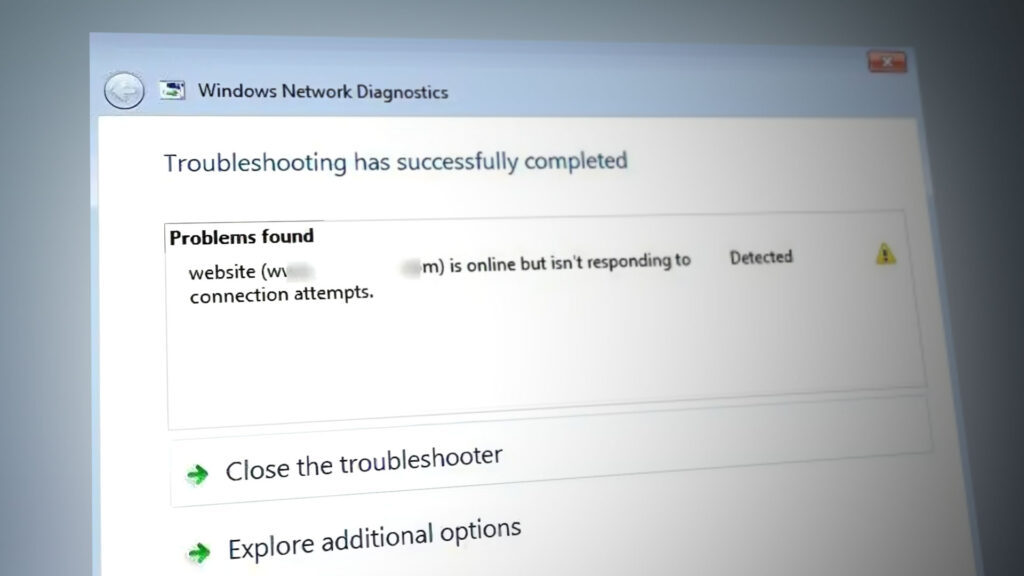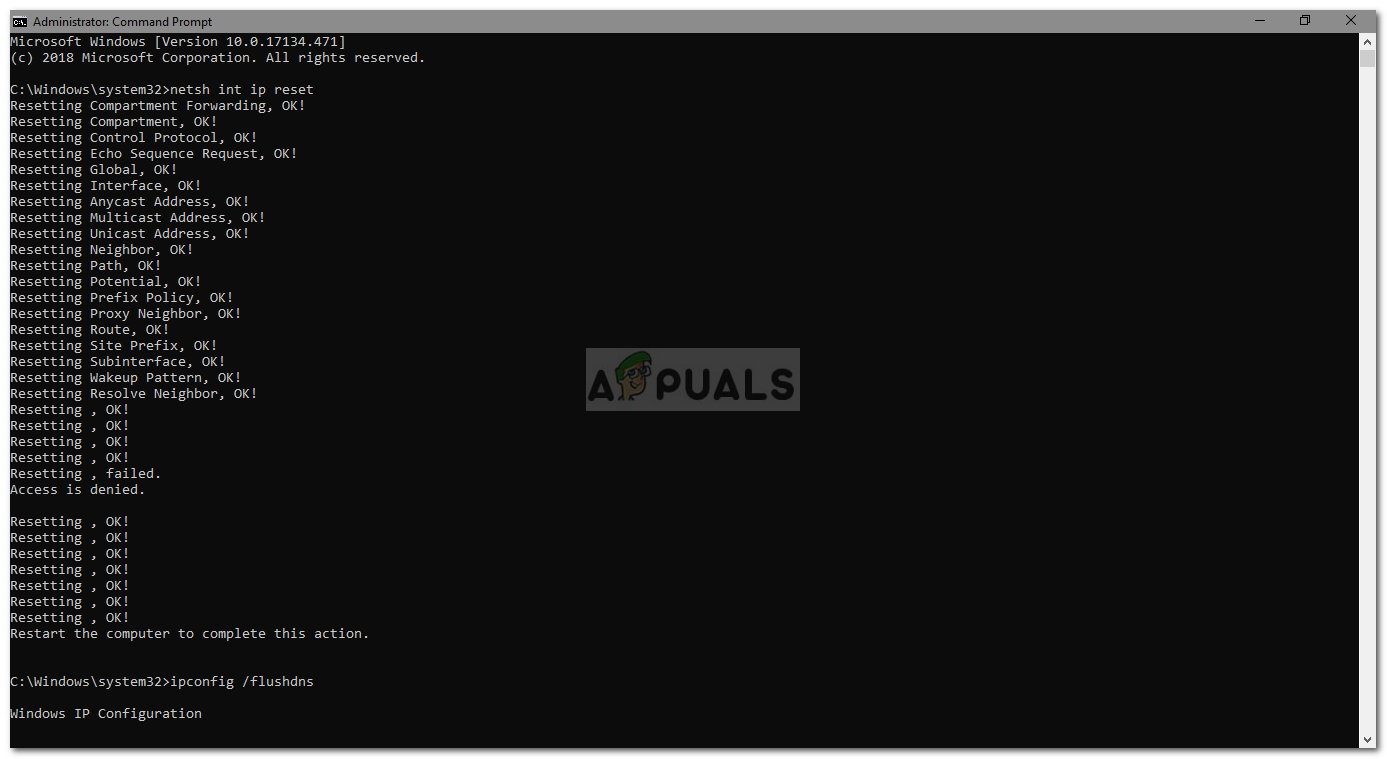website is online but isn’t responding to connection (Error Solved)
The error ‘Website is Online but isn’t Responding to Connection Attempts’ is often caused by your proxy settings or any third-party add-ons that you’ve installed on your browser. When we are unable to access certain websites, most of us would naturally run the Windows Network Troubleshooter which as a result, detects the said problem. Since the troubleshooter isn’t able to fix the problem, which is expected most of the times, the users are left with solving it themselves.
The Internet is of paramount importance these days and most of us depend on it completely. However, when you’re unable to reach certain websites, it becomes quite an obstacle especially for those who own an online business. That is why, today in this article, we’ll show you how to fix this problem by applying a few simple solutions. Hence, without any further hold-up, let’s get into it.

What causes Website is Online but isn’t Responding to Connection Attempts on Windows 10?
From what we’ve salvaged, this issue can emerge due to the following reasons:
- Proxy settings. Sometimes, the error can be due to your proxy settings that are blocking certain connections making you incapable of accessing the site.
- Third-party add-ons. This issue can also pop up due to the third-party add-ons that you’ve installed on your browser such as VPNs etc.
Now that that’s sorted out, let’s leap into the solutions.
Solution 1: Disable Add-ons
To start off with one of the obvious reasons for the error, you have to disable the add-ons that you’ve installed on your browser which could be intervening with your network connections. Just to be safe, we’d recommend to remove all the add-ons and then add them later on if they aren’t causing the problem. Here’s how to remove the addons:
- On Firefox, click the Menu icon located on the top right corner under the X symbol.
- From the drop-down list, select Add-ons.

Mozilla Firefox Menu - A new tab will be opened with your installed add-ons, click ‘Remove’.

Addon Removal – Firefox - Restart your browser.
If you are using Google Chrome, then follow the below mentioned steps:
- On the top-right corner, click the ‘Customize and control menu’ icon.
- Move your cursor to ‘More tools’ and then select ‘Extensions’.

Google Chrome Menu - A new tab will be opened, hit the trash bin icon in front of each addon to remove them.

Addon Removal – Chrome
Solution 2: Turning off Proxy Settings
Occasionally, your proxy settings could be stopping you from accessing the sites and consequently, the problem is detected by Windows Network Troubleshooter. In such an event, you’ll have to turn off both manual and automatic proxy settings. Here’s how:
- Press Winkey + I to open Settings.
- Go to Network and Internet.
- On the left-hand side pane, click Proxy.
- Turn off ‘Automatic proxy setup’ and then scroll down to turn off ‘Manual proxy setup’.

Windows Proxy Settings - Reconnect to your network. This should solve your problem.
Solution 3: Reset TCP/IP and DNS
TCP or Transmission Control Protocol is used to establish a connection between two hosts — in this case between your system and the website’s server. Sometimes, it isn’t functioning appropriately which causes the issue. Therefore, you’ll have to reset your TCP/IP and flush your DNS. It is completely safe so no need to worry. Here’s how:
- Press Winkey + X and select Command Prompt (Admin) from the list to open an elevated cmd.
- Enter the following commands:

Reset TCP and Flush DNS
netsh int ip reset ipconfig /flushdns
- Done, close the command prompt.
Solution 4: Reset your Network
Another thing you can do is reset your Network. By doing this, your Windows will reinstall your network adapters in case they’re outdated, and restore your system’s network settings to default. Here’s how to reset your network:
- Press Winkey + I to open Settings.
- Go to Network & Internet.
- Scroll down to locate Network reset option.

Network Reset – Windows Settings - Click it. A new tab will be opened, hit ‘Reset now’.
Please make sure you follow all of the above-mentioned solutions in order to fix your problem.




